Ponnusamy S., Silverman H.0817645136, 0817644571
Complex numbers can be viewed in several ways: as an element in a field, as a point in the plane, and as a two-dimensional vector. Examined properly, each perspective provides crucial insight into the interrelations between the complex number system and its parent, the real number system. The authors explore these relationships by adopting both generalization and specialization methods to move from real variables to complex variables, and vice versa, while simultaneously examining their analytic and geometric characteristics, using geometry to illustrate analytic concepts and employing analysis to unravel geometric notions.The engaging exposition is replete with discussions, remarks, questions, and exercises, motivating not only understanding on the part of the reader, but also developing the tools needed to think critically about mathematical problems. This focus involves a careful examination of the methods and assumptions underlying various alternative routes that lead to the same destination.The material includes numerous examples and applications relevant to engineering students, along with some techniques to evaluate various types of integrals. The book may serve as a text for an undergraduate course in complex variables designed for scientists and engineers or for mathematics majors interested in further pursuing the general theory of complex analysis. The only prerequistite is a basic knowledge of advanced calculus. The presentation is also ideally suited for self-study. |
Table of contents :
front-matter……Page 1
1Algebraic and Geometric Preliminaries……Page 11
2Topological and Analytic Preliminaries……Page 35
3Bilinear Transformations and Mappings……Page 71
4Elementary Functions……Page 101
5Analytic Functions……Page 131
6Power Series……Page 162
7Complex Integration and Cauchy’s Theorem……Page 204
8Applications of Cauchy’s Theorem……Page 252
9Laurent Series and the Residue Theorem……Page 294
back-matter……Page 357
10Harmonic Functions……Page 397
11Conformal Mapping and the Riemann Mapping Theorem……Page 427
12Entire and Meromorphic Functions……Page 459
13Analytic Continuation……Page 493 |

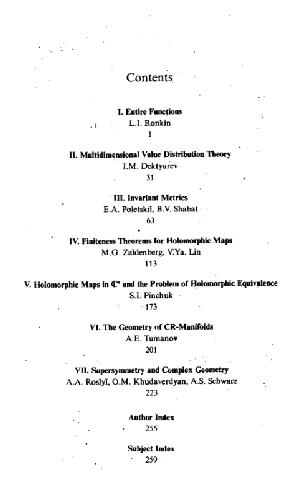

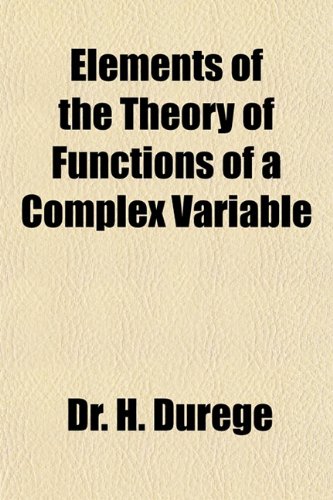
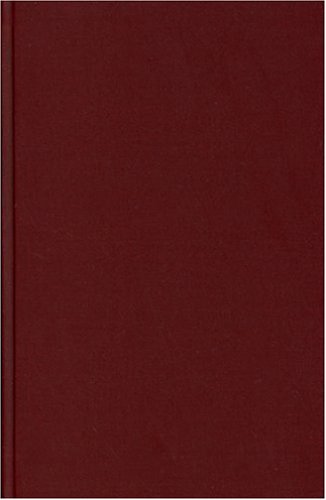
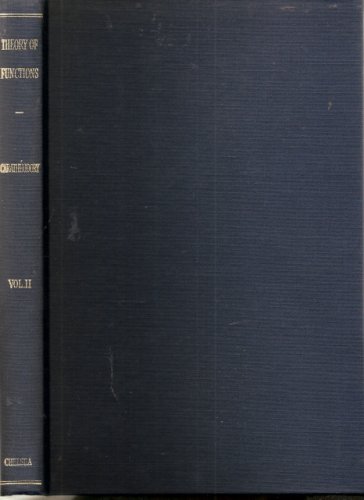
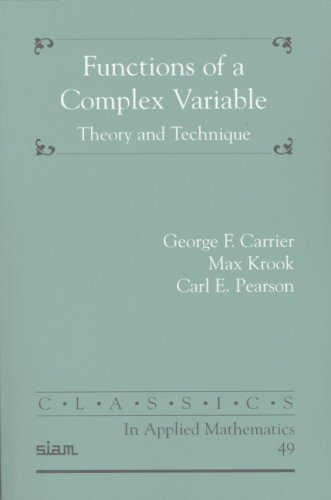
Reviews
There are no reviews yet.